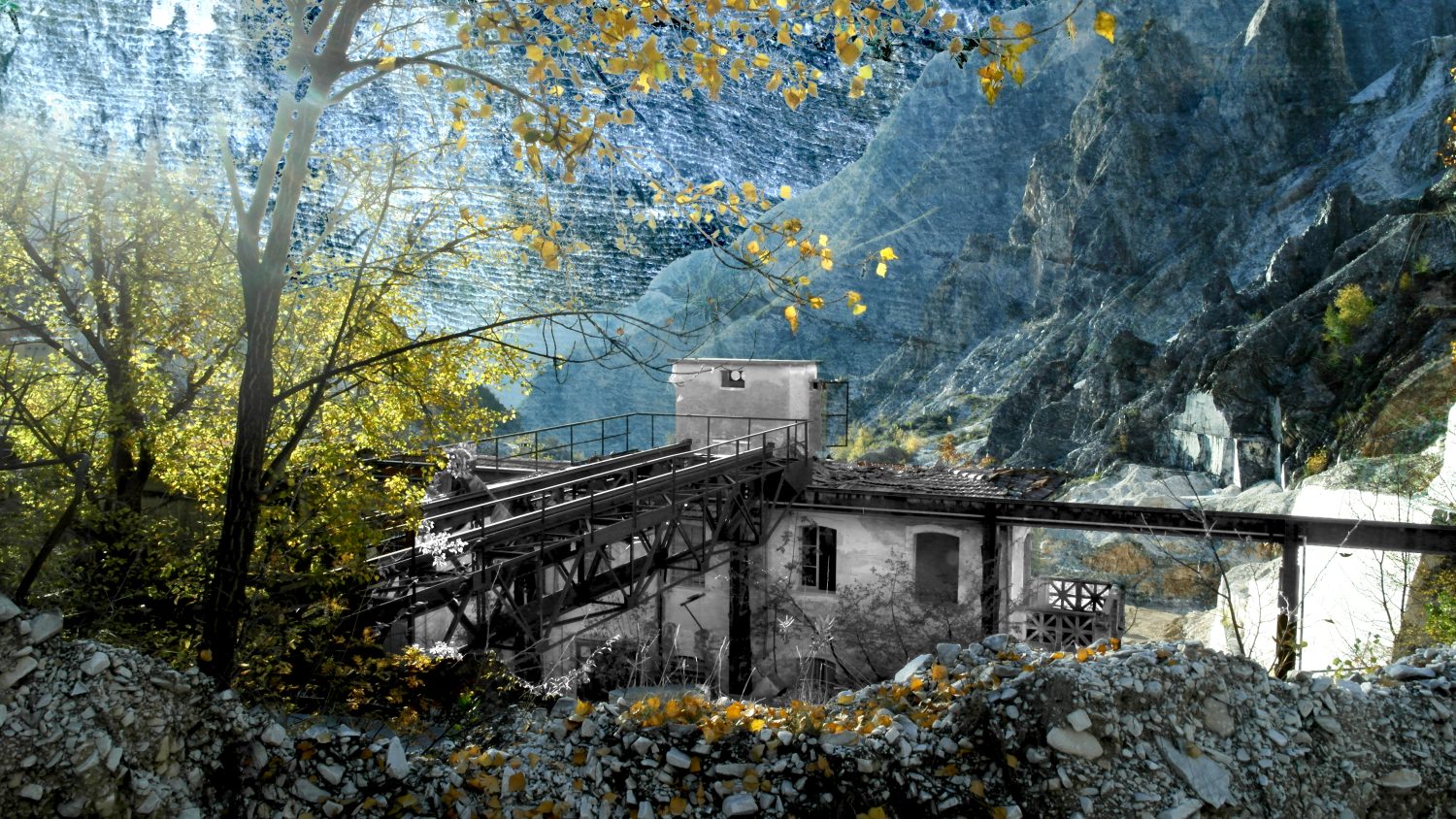Collective and Cultural Memory
Intagible definition

Memory comes directly from Latin memora “memory, remembrance, faculty of remembering,” abstract noun for memor, “mindful, remembering”.
According to the Nara Document + 20, memory is embodied by information sources such as “all physical, written, oral, and figurative sources that underlie the understanding and appreciation of nature, specificities, meaning, and transmission of cultural heritage”.
Marc Augè considers the place (landscapes, cities, buildings, and monuments) as a memory keeper (2006). The tangible assets are not only voluntary monuments but all the expressions of man activities as “part of the cultural formation of their inhabitants and their social belonging” (Augé, 2008). All physical and figurative sources are expressions of tangible values such as collective memories, condition behaviours and create habits. Buildings and human traces in Landscapes “make places recognizable and allow the identification of cultural assets and individual and collective memory.” (Augé, 2008)